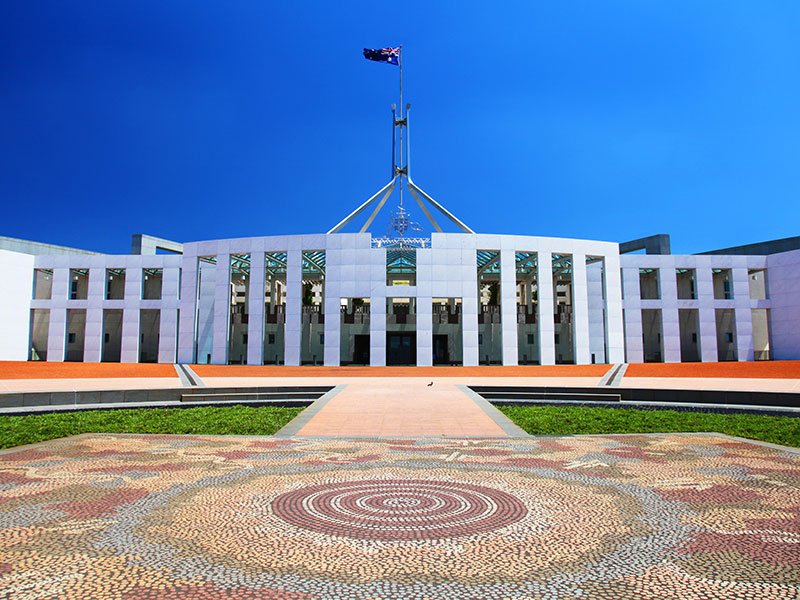As inflation is expected to hit 7.75 per cent by the end of the year and growth forecasts have been revised down by half a per cent, Treasurer Jim Chalmers remains committed to seizing the opportunity for greater economic self-reliance.
Given ongoing global supply chain pressures caused by the Covid-19 pandemic, war in Ukraine, and Chinese economic slowdown, Treasurer Chalmers said the government should “unclog and untangle” Australia’s supply chains by supporting the development of local industry.
“[We can] deal with the supply side of the inflation challenge – by investing in cleaner, cheaper more reliable energy; by addressing skills and labour shortages; and with a National Reconstruction Fund to make us more self-reliant,” Treasurer Chalmers said.
“The growing pressures on the economy and the country don’t make our election commitments less important – they make them far more crucial.”
He also claimed that some of the supply side pressure is due to domestic forces that have been “building for the best part of a decade”.

Treasurer Chalmers said the Labor government’s agenda will build a future “where we make more things for ourselves. Create more wealth for ourselves. And control our own destiny”. He said Labor’s policy commitments made during the election campaign will be in its budget, to be released in October.
During the election, the Labor party committed to the establishment of a $15 billion National Reconstruction Fund to develop advanced manufacturing, medical manufacturing, and critical technologies among other priorities.
The Treasury and the Department of Finance are currently auditing the previous Coalition government’s 2022-23 budget released in March to ensure spending is on “high quality investments in the right priorities”.
“A decade of energy policy paralysis – with not enough investment in cleaner, cheaper more reliable energy, and not enough certainty for investors – that’s pushed up power bills,” the Treasurer said.
“A lack of the right investment in skills and local manufacturing capability – that’s seen our productivity flatline and supply chains break.”
Labor’s forecasts for real GDP growth in 2022-23 have been revised down to 3.0 per cent from the 3.5 forecasted prior to the election. It has also revised the GDP growth forecast for 2021-22 from 4.25 per cent to 3.75 per cent, and for 2023-24, from 2.5 per cent to 2.0 per cent.
This is in part due to weaker consumption due to higher inflation and interest rates as well as a larger than expected drag on net exports, according to the Treasurer. He said the impact on net exports are due to flooding and increased imports as businesses restock. There is also weaker dwelling investment due to higher interest rates and capacity constraints in construction.
Real wages are also forecast by the government to begin growing in 2023-24.
On Wednesday, the International Monetary Fund also revised its global growth forecast for 2022 down by 0.4 per cent to 3.2 per cent. It also revised its global growth forecast for 2023 down by 0.7 per cent to 2.9 per cent. Global GDP growth last year was at 6.1 per cent.
The federal government is hosting the Jobs and Skills Summit in September. The first piece of legislation tabled by the Albanese government was for the establishment of a new statutory body Jobs and Skills Australia.
The government has also committed to a creating 1.2 million tech jobs by 2030 and set up a Made in Australia Office to increase local procurement.
Do you know more? Contact James Riley via Email.

